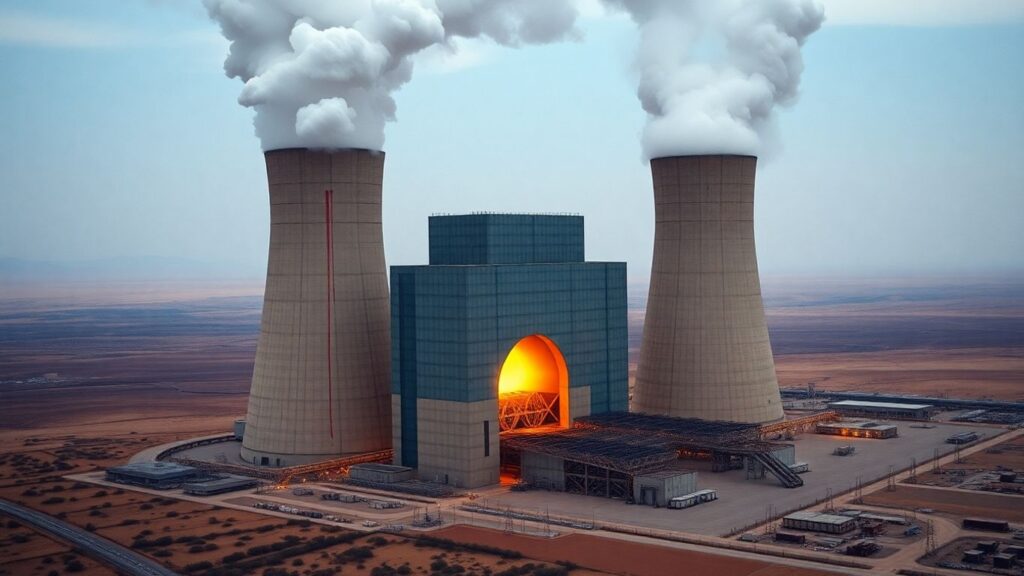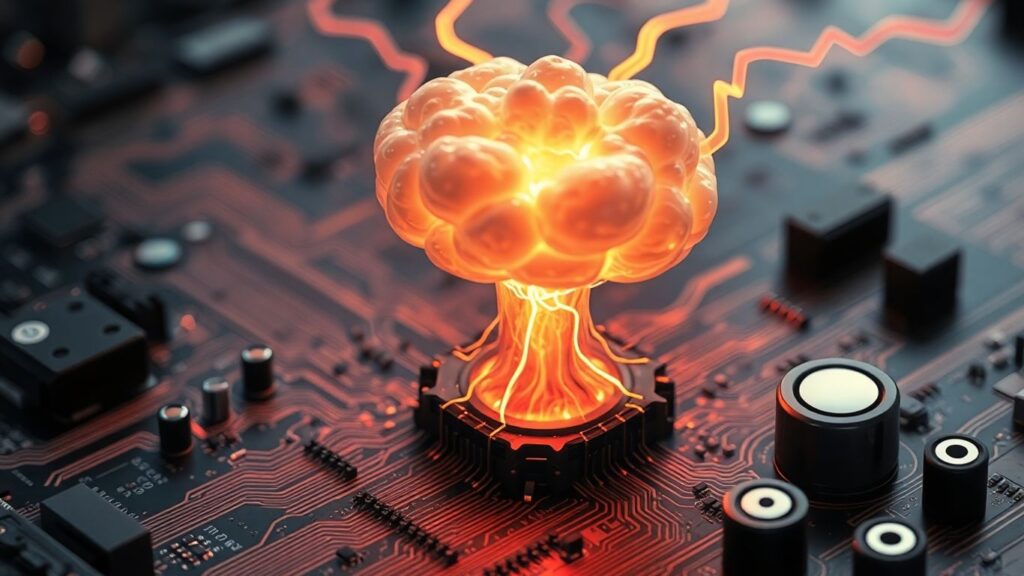The United States has announced ambitious new targets to significantly expand its nuclear energy capacity, aiming to triple it by 2050. This strategic move, revealed at the U.N. climate summit (COP29), is designed to bolster energy security, combat climate change, and drive economic growth. The plan involves adding substantial new capacity through a combination of extending existing operations, restarting retired reactors, and deploying advanced reactor designs.
Key Takeaways
- The U.S. aims to triple its nuclear energy capacity by 2050.
- New targets include adding 35 GW by 2035 and achieving a sustained pace of 15 GW per year by 2040.
- Legislation like the Bipartisan Infrastructure Law and Inflation Reduction Act are providing crucial investments and incentives.
- Focus on advanced reactor designs, including small modular and microreactors, to meet diverse energy needs.
- Efforts are underway to secure a domestic nuclear fuel supply chain, reducing reliance on foreign entities.
The Path to Net-Zero Emissions
Nuclear power is a cornerstone of the U.S. strategy to achieve net-zero emissions by 2050. As the nation’s largest source of clean power, it currently avoids over 470 million metric tons of carbon dioxide emissions annually. The Department of Energy estimates that an additional 200 gigawatts (GW) of new nuclear capacity will be necessary to meet future energy demands and climate goals. The newly established deployment targets are the first of their kind for the U.S. nuclear sector and outline over 30 government actions to support capacity expansion, working in tandem with industry and power customers.
Building New Capacity
The expansion plan necessitates building new reactors at a pace not seen since the 1970s. This will involve leveraging design standardization, innovative manufacturing techniques, and lessons learned from past projects. Large-scale reactors, alongside new small modular and microreactor designs, are expected to come online in the early 2030s. These advanced technologies can cater to the specific heat and power needs of various customers, including the military. The development will require new infrastructure, robust supply chains, and innovative risk-sharing models between utilities and customers. Power uprates at existing facilities and the restart of retired reactors will also contribute to increasing capacity and creating jobs.
Preliminary research indicates that many existing nuclear power plant sites could host up to 60 GW of new capacity with large-scale reactors, and potentially 95 GW with small modular reactors. Furthermore, sites near former coal plants could accommodate an additional 128 to 174 GW, depending on the reactor type. Small modular reactors, in particular, require less upfront capital, making them more accessible. These sites could also utilize existing infrastructure and local workforces, ensuring a just transition for communities.
Momentum and Future Outlook
Recent legislative actions, including the Bipartisan Infrastructure Law, Inflation Reduction Act, and the ADVANCE Act, have created significant momentum for the domestic nuclear sector. The U.S. has successfully rebuilt its workforce and supply chains to bring new reactors online and is working to restart retired facilities. Demonstrating new technologies and lowering the development risk for advanced reactor designs are key priorities. The nation is also focused on securing a reliable supply of high-assay low-enriched uranium to ensure energy independence. The goal is to ensure that workers like those at the Diablo Canyon nuclear power plant, who faced potential job losses, can continue to contribute to the nation’s clean energy future.
Sources
- U.S. Sets Targets to Triple Nuclear Energy Capacity by 2050, Department of Energy (.gov).












